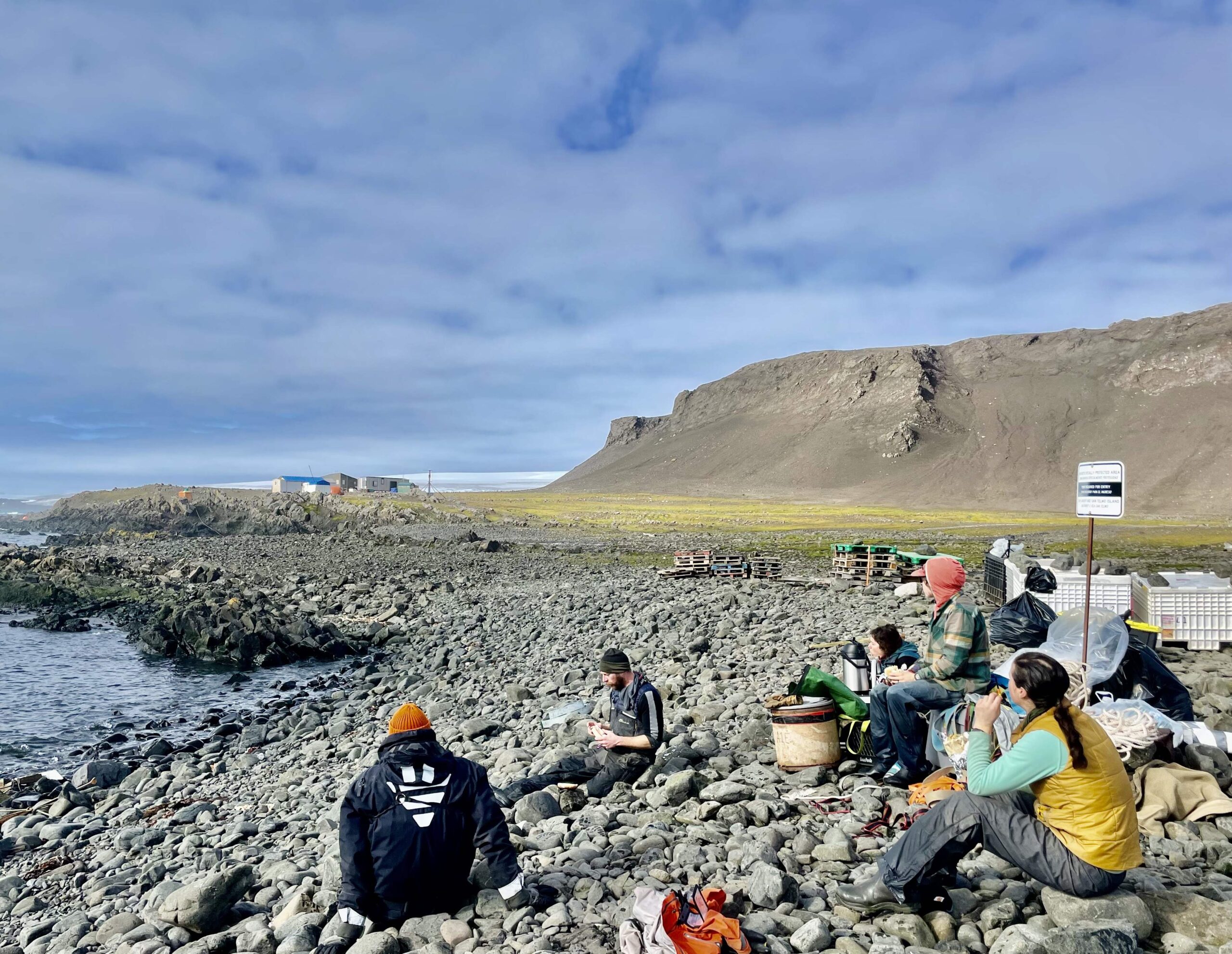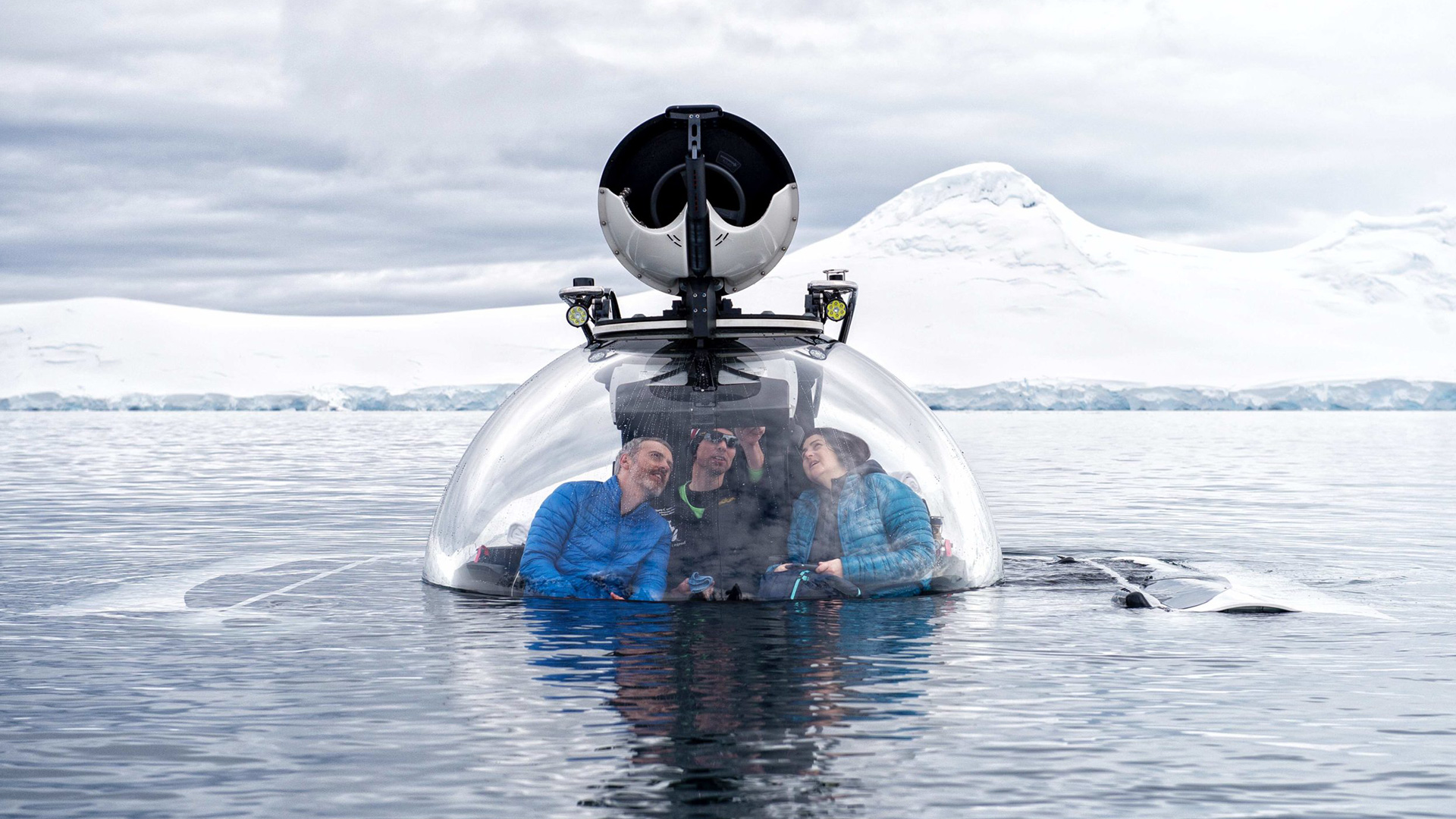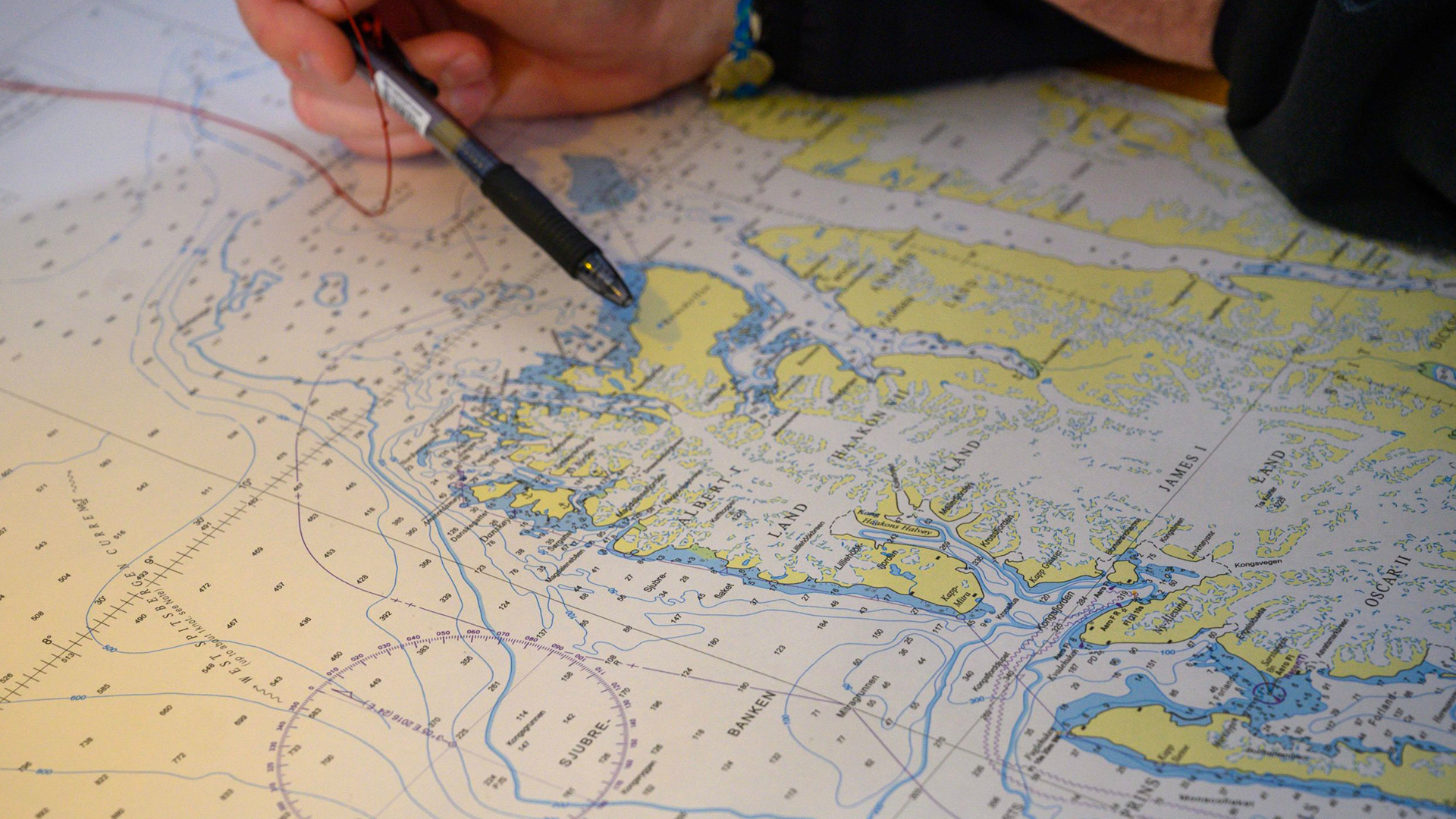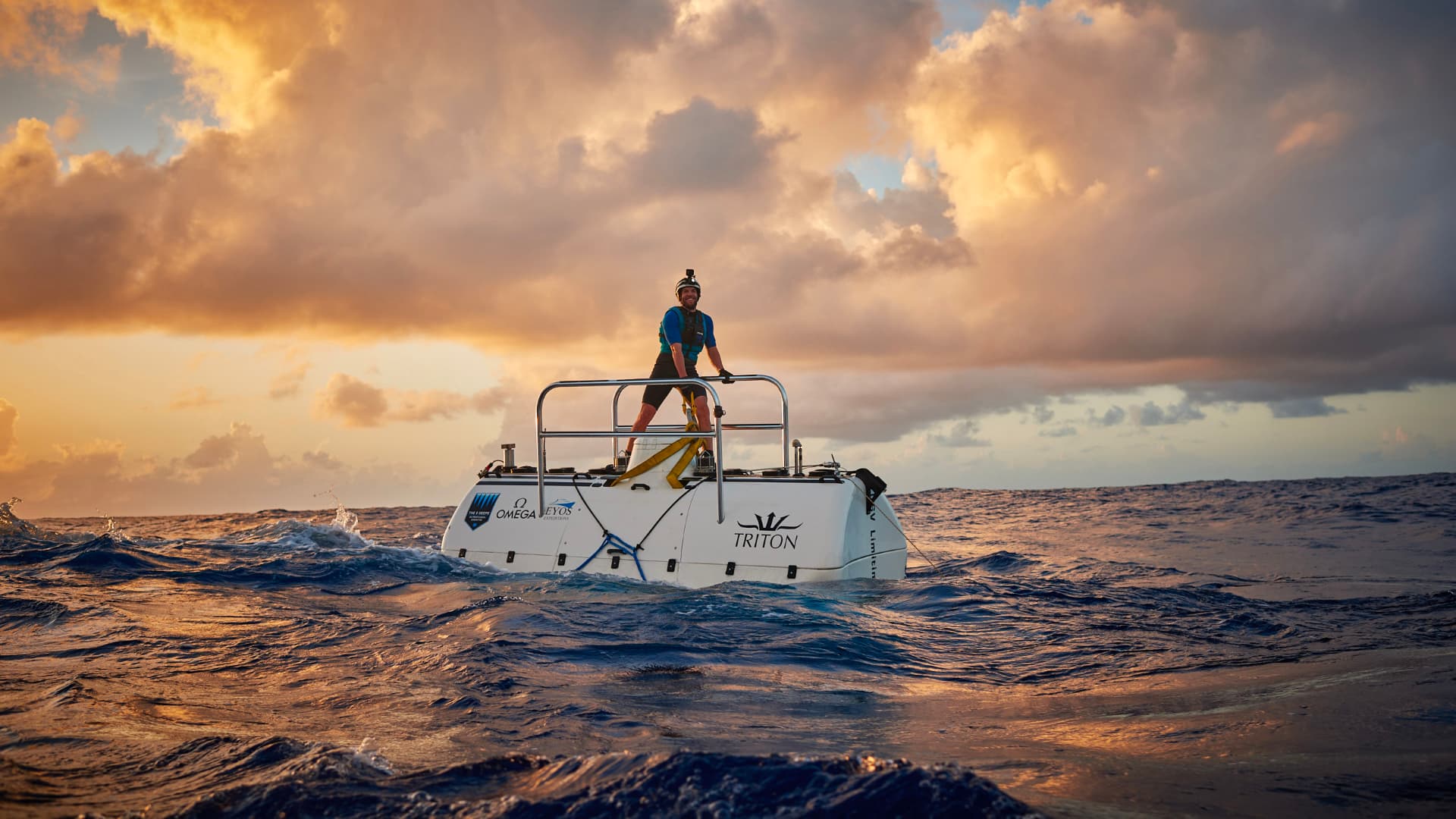Throughout the 2023 Antarctic Summer, EYOS continued a years-long project assisting NOAA with rebuilding the program’s field camp research station at Cape Shirreff in the South Shetland Islands. Here, members of the field team Andreas Bergström and Rickard Berg share an entry from their field notes at the end of a long, successful season of work, providing a small glimpse into a massive undertaking.
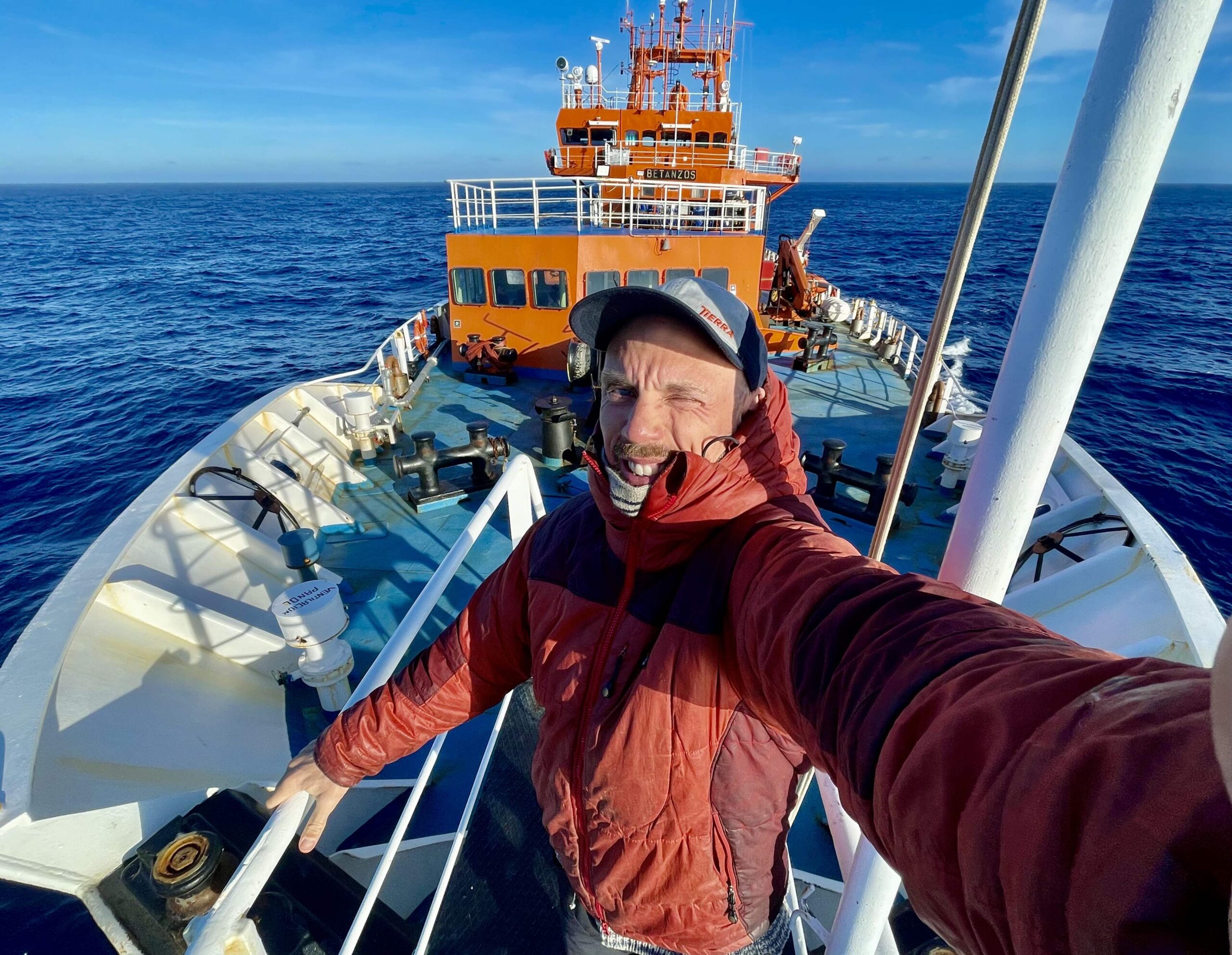
On the exposed shores of Cape Shirreff on the north side of Livingston Island, just on the outer reaches of the Antarctic Peninsula, there is a small research station run by NOAA. It is a rugged place for us humans, but for other species, it seems to be the opposite; for the cape, and its surrounding waters are teeming with life.
As the stations are closing at the beginning of March, my colleague Rickard Berg and I got the mission to pick up the scientists and logistics personnel. There are eight people and, since there have been major reconstructions of the station, an enormous amount of wood, metal, and other building materials needs to be taken away from the cape.

The location of the cape is infamous for its big swells, for hundreds if not thousands of kilometers nothing is stopping the waves, being squeezed in between Cape Horn and the outpost islands of the northern part of the Antarctic peninsula. It is as if the land is defying the roars and the fury of the most troubled waters on the planet.
So it is not without respect and a certain worry that we peer out the porthole on the morning of the pick-up. But amazingly enough, it is a relatively calm day, and it is ”only” about 2 m of swell where our working ship Betanzos is anchored up.
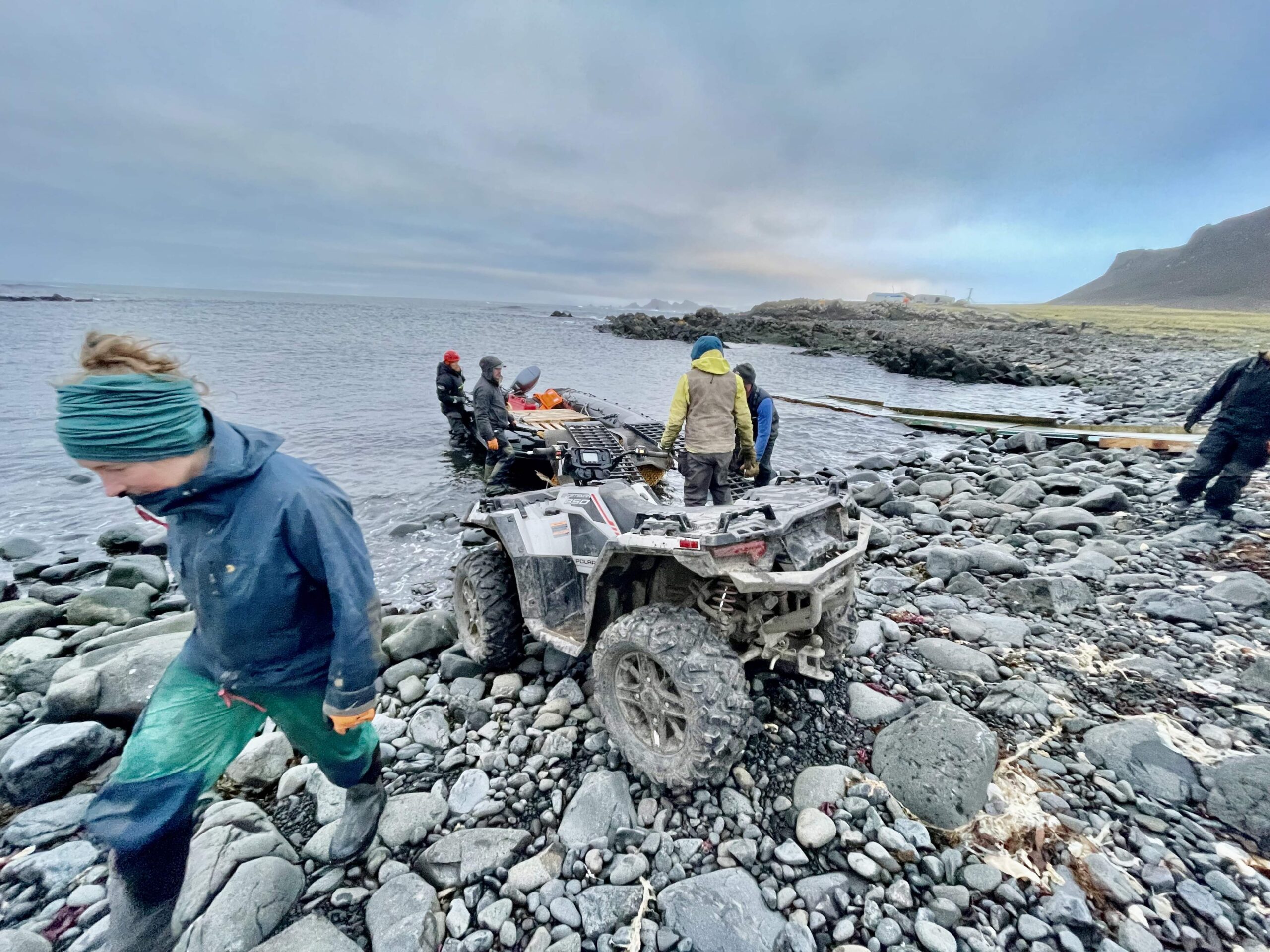
Maybe because of the calm weather there are whales everywhere! We literally have to zigzag between humpbacks and fin whales, as we drive our Zodiak the 2 kilometers into the bay.
On the beach, we are met by eight tired but hard-working people. They had been preparing for a full month to be ready for this day, but because of the calm weather and the hard work of the crew and station personnel, we got the job done in just over 24 hours. After a quick look at the weather report, we realize that the calm weather would continue, and we start to steer steadily north across the Drake and into the Chilean fjords of Patagonia.
